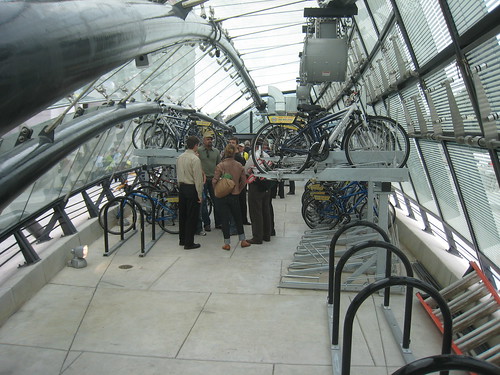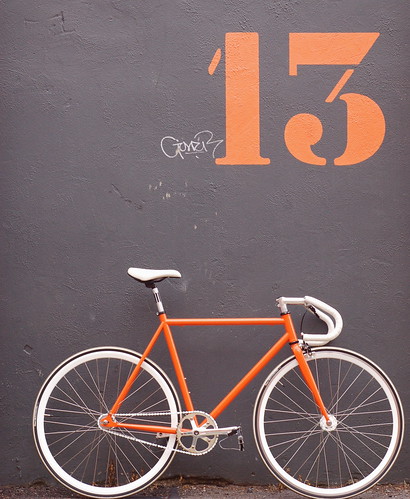Event Alert: U.S.- India Aviation Partnership Summit — December 7-9, 2009 @ Washington, DC
To promote greater cooperation between the U.S. and Indian aviation sectors, the U.S. Trade and Development Agency (USTDA), in cooperation with the India Ministry of Civil Aviation, Directorate General of Civil Aviation, Airports Authority of India, U.S. Federal Aviation Administration, US. Transportation Security Administration, U.S.-India Aviation Cooperation Program, and the American Association of Airport Executives (AAAE)/International Association of Airport Executives (IAAE), is sponsoring the U.S.- India Aviation Partnership Summit. The event will take place December 7-9, 2009, at the Walter E. Washington Convention Center in Washington, D.C. The summit will include participation from India’s three key civil aviation agencies – Ministry of Civil Aviation, Directorate General of Civil Aviation and Airports Authority of India – key industry members in the aviation sector, the U.S. government (USTDA, DOT/FAA, TSA, Departments of State and Commerce), and select members of Congress.
The 2009 U.S.-India Aviation Partnership Summit is designed to foster high-level dialogue on key issues related to India’s ongoing modernization: aviation safety, air traffic control management, aviation security, airspace utilization, sector environmental practices, and sector training. The summit will serve as a technical, policy and commercial symposium to assist Indian civil aviation agencies and aviation industry representatives in identifying advanced technology and practices that would best suit its expansion and modernization needs. The summit will provide momentum to the growing strategic and commercial relationship between the Indian and U.S. aviation sectors for the long term.
The U.S. India Aviation Partnership Summit will include a two-day conference in Washington, D.C., followed by two days of site visits to FAA and industry facilities in the Washington, D.C., area, and the FAA Technical Center in Atlantic City, N.J.
Topics To Be Covered
. Current State and Future Prospects of the India Aviation Industry
. Air Traffic Management Modernization in India: Opportunities and Challenges
. Airport Infrastructure Development/Financing
. Aircraft Maintenance and Certification
. Aviation Security
. Aviation Environmental Best Practices
. General Aviation Update (General Aviation Development in India and Helicopter Expansion)
. Aviation Training in India
Click here for more details













